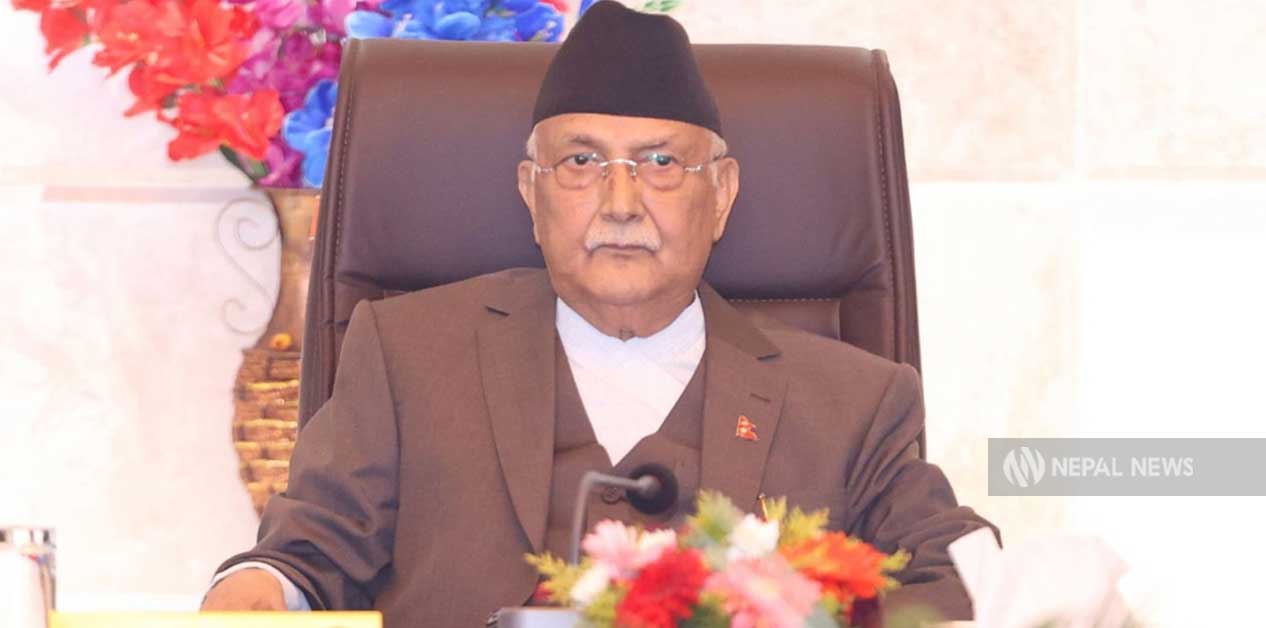

KATHMANDU: CPN (UML) Chairman and former Prime Minister KP Sharma Oli wrote on his Facebook page on Friday, “We did not give any orders to fire during the Gen Z protest; an investigation should determine how bullets from weapons not in police possession were fired.”
Oli’s post, published on Constitution Day, appears to suggest suspicion that someone other than the police may have fired the shots.
He may be implying that, due to infiltration in the protest, other individuals could have fired the bullets, or he might be attempting to counter allegations that police gave the shooting orders. However, post-mortem reports indicate that the bullets were fired from weapons carried by the police.
On the first day of the Gen Z protest, September 8, gunfire killed 19 people in the New Baneshwar area. Across the country, at least 74 people died during the protest.
In Kathmandu, 40 bodies were taken to Tribhuvan University Teaching Hospital (Maharajgunj) for post-mortem, and 35 of them had gunshot wounds. Among these, five deaths were caused by fatal injuries.
A physician from the hospital’s post-mortem department stated that all 35 individuals were shot above the waist, with most bullets striking the chest and head.
“Each person appears to have been hit by a single bullet; none were shot below the waist,” the doctor said. The bullets recovered were fired from “high-velocity firearms,” identified as SLR rifles, which are standard issue for the Nepal Police and Armed Police Force.
The Armed Police headquarters confirmed that SLRs are the only firearms they currently carry.
Nepal Police typically use gas guns for crowd control, though firearms may be used if the crowd becomes uncontrollable. Around the Parliament building, security was handled by a police task force of approximately 100 officers under a police inspector, carrying both SLRs and INSAS rifles. Authorities have not clarified which teams fired the bullets.
The Armed Police headquarters has not disclosed the number of shots fired, lost weapons, communication devices, or uniforms looted during the protest.
Nepal Police spokesperson SSP Ramesh Thapa said, “No details have been received yet; data collection is ongoing.”
The army was deployed after the curfew on the 8th but did not fire any shots. The army uses M16 rifles, and it took control of the situation only after 10 PM on the 9th. The following day, after prisoners began escaping from jails on September 10, the army fired shots.
The government led by Prime Minister Sushila Karki, has been tasked with investigating the Gen Z protest. However, the commission has not yet been formally established.